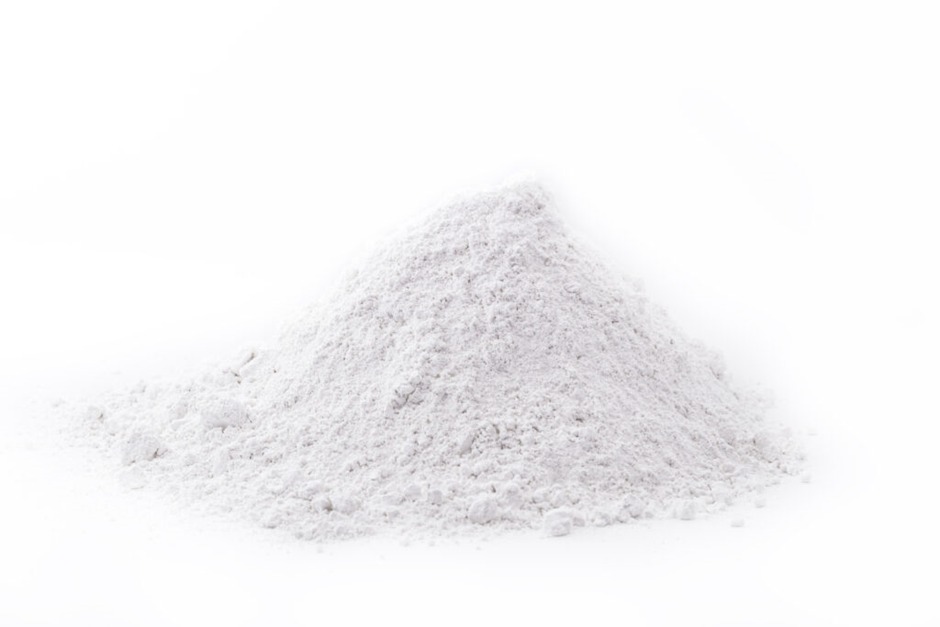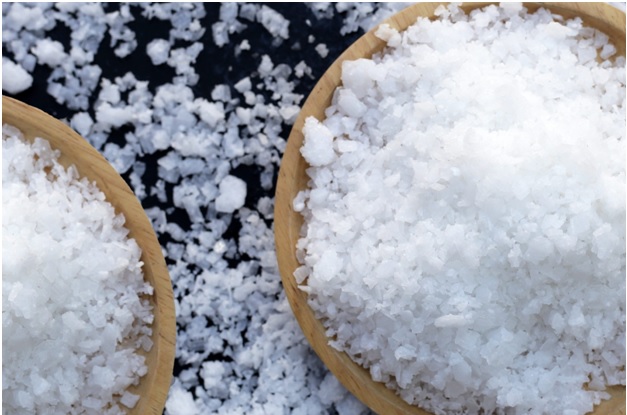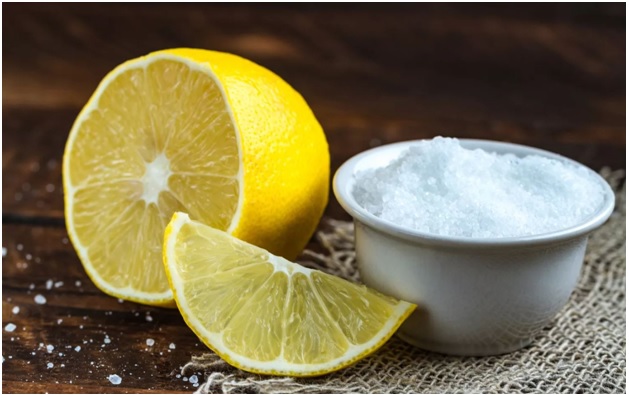Quartz
Quartz is the crystal form of Silica that is found in massive forming hills in various forms like Quartz Sand (Silica sand), Sand stone & Quartzite.
Quartz Uses and Applications
-
Glass Manufacturing
-
Ceramics and Refractories:
-
Construction Industry
-
Paints and Coatings
-
Electronics and Semiconductor Industry



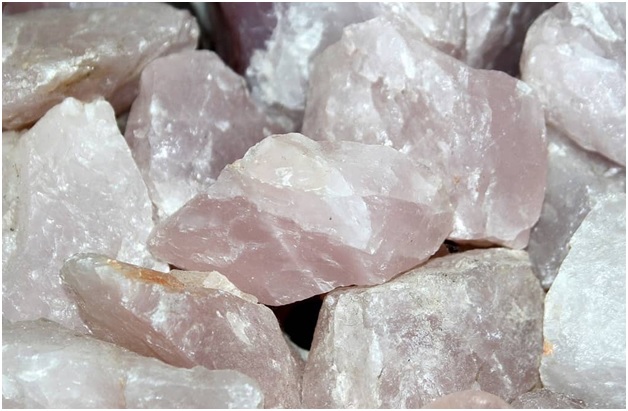
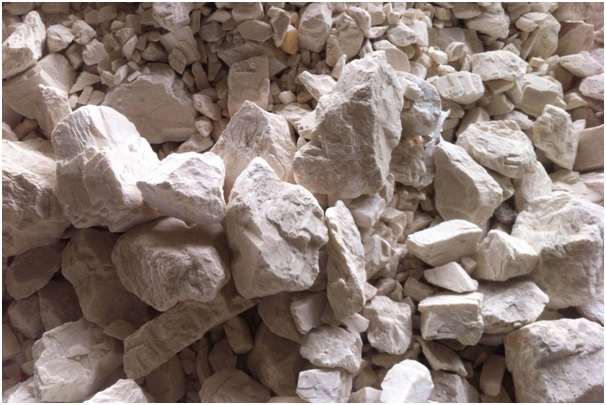
.jpg)
.jpg)
.jpg)

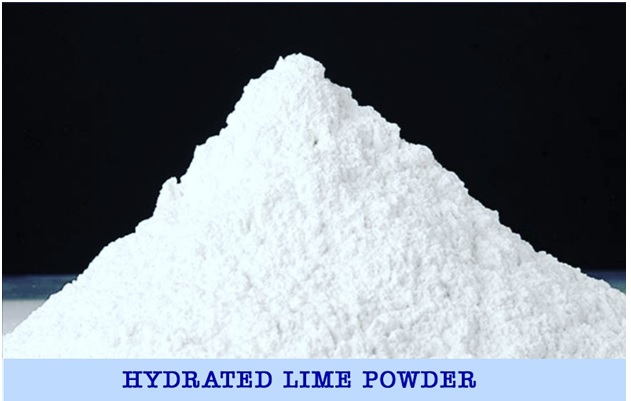
.jpg)
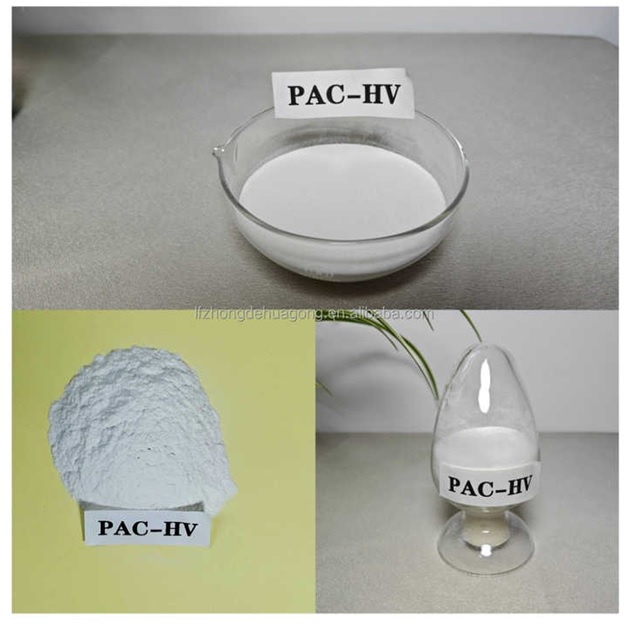

.jpg)
.jpg)
.jpg)

